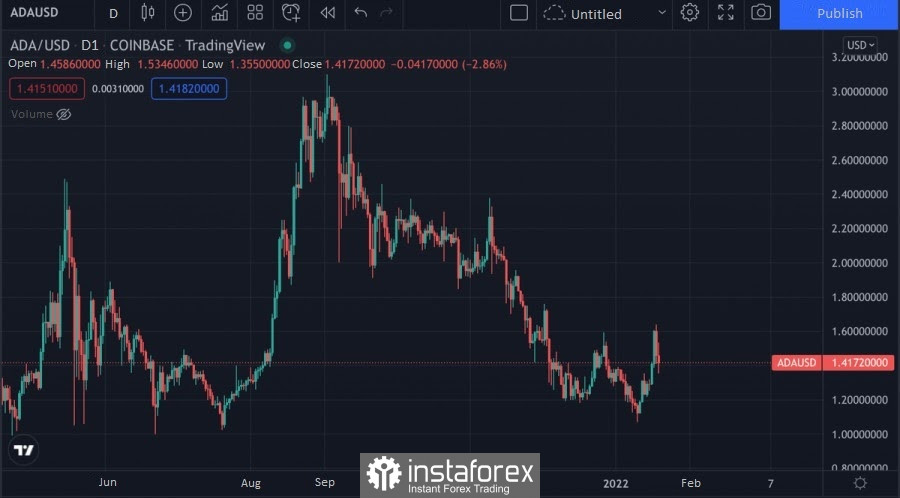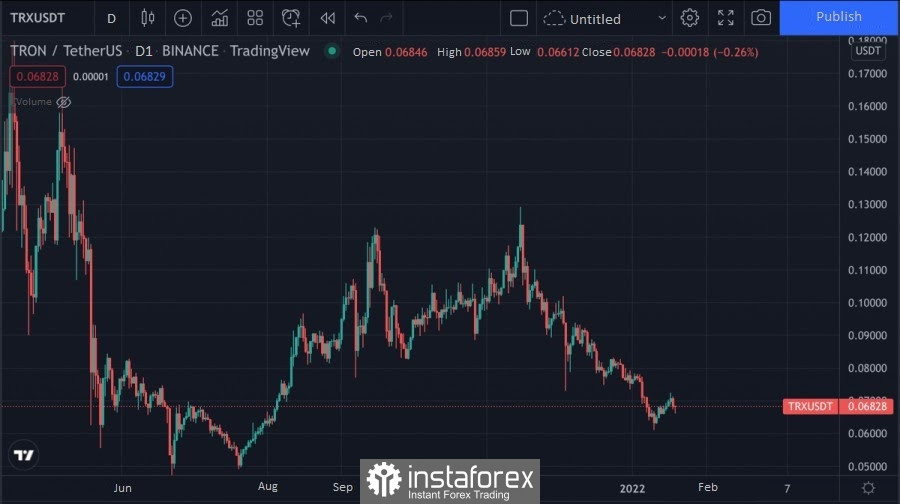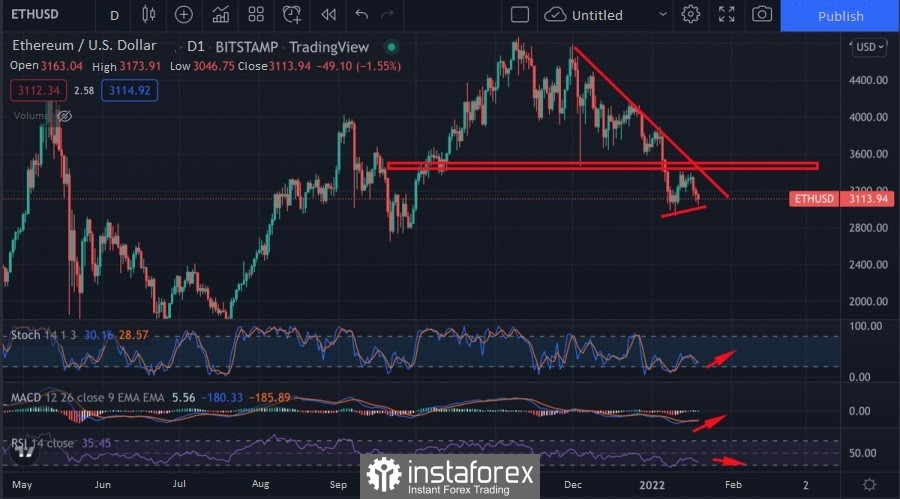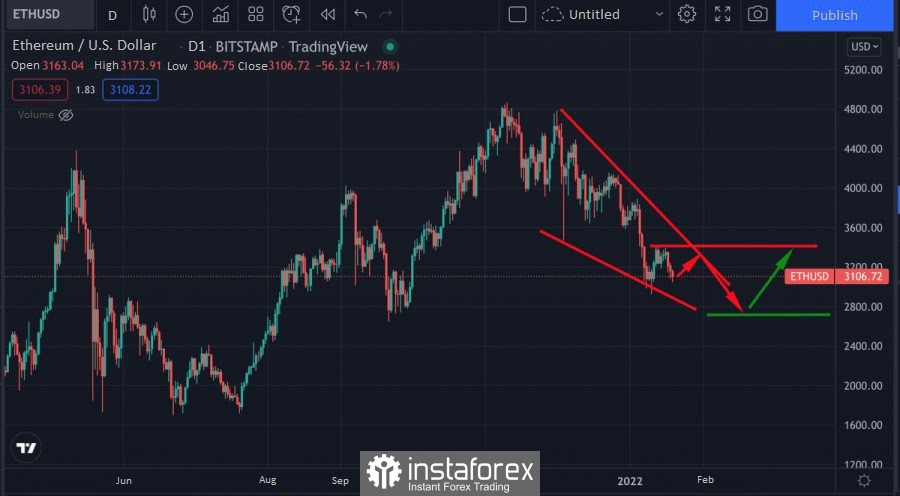At the beginning of 2022, the cryptocurrency market is changing due to the events that occurred in 2021. After moving from China, the mining industry continued to develop but needed rethinking and new mining technologies. It is also necessary to mention the unprecedented growth of the NFT and DeFi markets, thanks to which Ethereum showed tremendous growth by the end of 2021. However, at the beginning of the new year, these events acquired an unexpected vector of development, which will have a significant impact on the cryptocurrency market.
One of the world's largest chip suppliers, Intel, is entering the Bitcoin mining market. The company plans to present its own high-performance chip for crypto mining at the end of February, at the International Solid-State Circuits Conference (ISSCC). Representatives of the fintech giant have already stated that they are preparing an exclusive product for blockchain and cryptocurrencies.
Recall that at the end of 2018, the company applied for a patent for a device for highly efficient Bitcoin mining. It is likely that technologies that can compete with the second version of Ethereum in terms of energy consumption may soon appear in the world.

The main altcoin is going through difficult times, according to JPMorgan experts. After a successful 2021, Ethereum began to lose its lead in the NFT and DeFi sectors. The investment bank's conclusion is based on the increase in fees, due to which the share of ETH in the trading of non-fungible tokens fell to 80%.
In addition, among the great number of Ethereum killers, several competitive projects have emerged that are starting to take a piece of the pie from the main altcoin. This was confirmed by Vitalik Buterin during a survey, according to which most of the users see Cardano and TRON as alternatives to ETH. Do not discount the altcoin Solana and XRP, which are actively interacting with the DeFi and NFT sectors.
Given the fact that the Ethereum team is still far from a full-fledged transition to protocol 2.0, several influential competitors will have time to appear on the market.


Technically, Ethereum also looks weak due to the strong correlation with Bitcoin and the general corrective wave. Despite the presence of upward momentum on the MACD, the price continues to decline and as of January 19 is in the $3.1k area. The coin reached a difficult resistance level near $3.5k and started to decline again. Ethereum trading volumes remain at an average level, but there are no significant prerequisites for growth. Therefore, it is worth considering the option of falling prices and the formation of a local bottom.

Here, the forecast looks extremely negative, as it is likely that the asset is in the process of moving towards a retest of the $2.8k mark. This is a strong support level and I expect a buying cascade as we approach this milestone. But it is worth keeping in mind the negative scenario of a price break in the $2.8k zone and continued decline to the $1.7–$1.8k range.
However, it is more likely that Ethereum is in the accumulation stage, and the existing divergence in the movement of the MACD and the price indicates preparation for growth. The final chord of marking time will be a bullish breakdown of the downward trend line formed in early December.

 English
English 
 Русский
Русский Bahasa Indonesia
Bahasa Indonesia Bahasa Malay
Bahasa Malay ไทย
ไทย Español
Español Deutsch
Deutsch Български
Български Français
Français Tiếng Việt
Tiếng Việt 中文
中文 বাংলা
বাংলা हिन्दी
हिन्दी Čeština
Čeština Українська
Українська Română
Română

